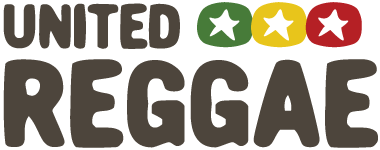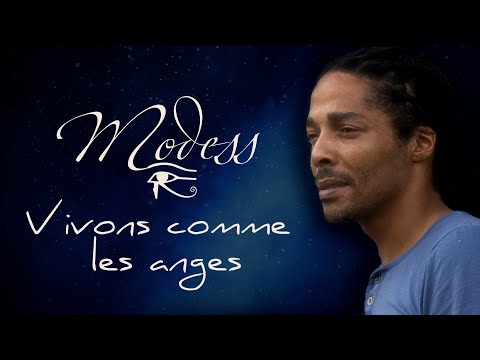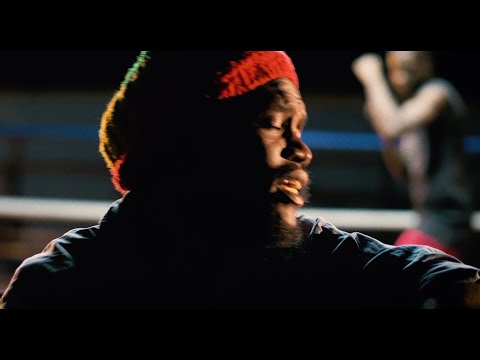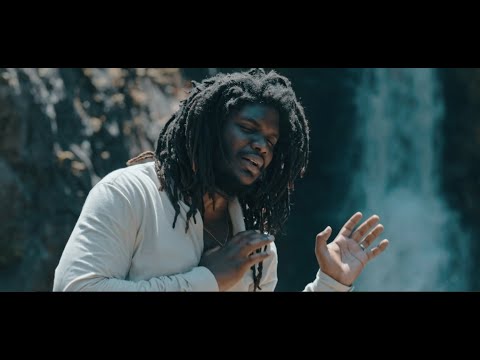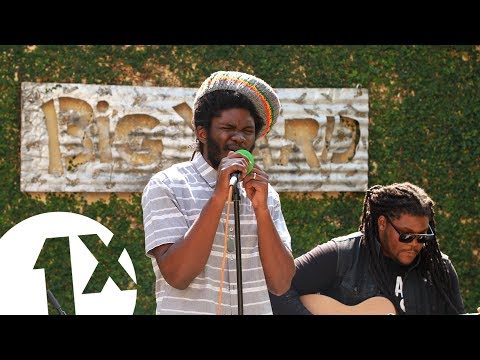Articles about reggae music, reviews, interviews, reports and more...
Interview: Ray Hurford
- Home
- Articles
- Interviews
- Interview: Ray Hurford

Interview: Ray Hurford
"There were a lot of amazing artists coming out in the mid 70's, but no one wrote about them and I wanted to change that"
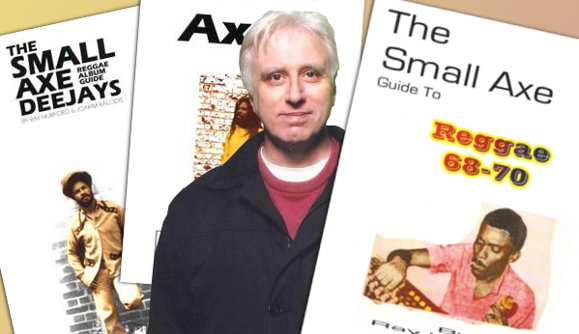
Ray Hurford is a bona fide reggae enthusiast
Music is naturally associated with artists, labels and producers. But there are others that operate more in the background, and are very vital to the scene. British writer and musician Ray Hurford is one such. He started the Small Axe fanzine in the late 70’s and has interviewed a range of artists that many just dream of.
Ray Hurford has been into reggae since its inception was around eleven years old when he bought his first reggae record.
– I talked about reggae at home and my sister, who worked at Tate and Lyle’s [a sugar maker], lent a box of records from a young Jamaican girl, says Ray with a broad cockney accent on the phone from his home in the UK.
Filled a gap
His interest in reggae, the people behind the music and the fact that no one wrote about reggae made him start the legendary fanzine Small Axe in the late 70’s. People had been writing about reggae before, but magazines were not interested in covering the topic anymore.
– In 1973 the public started to get interested in reggae and people like Carl Gayle and Penny Reel were some of the first to write about reggae seriously. There were a number of articles in the period 1973-1978. But then it stopped, says Ray, and continues:
– There were a lot of amazing artists coming out in the mid 70’s, but no one wrote about them and I wanted to change that.
Tax agency steps in
In 1978 everything seemed to be in place. The only part that was missing was money. But that little matter was suddenly resolved by a much beloved agency.
– I had paid too much tax and got some money back, which was rather unexpected. With that chunk of money I started Small Axe, Ray explains.
The first edition was put out as a pre release to see how the market would receive the magazine. It was an instant success.
– It became sought after since the writer at the Echoes gave it a good word, he says, and continues:
– I printed the first issue in a Xerox shop and it was published in September 1978. It was amazing. I got 30-40 orders and it was very encouraging.
Great demand
According to Ray the first issue was sold out immediately and was in incredible demand. The next issue was published in early 1979 and was distributed through Dub Vendor and Rough Trade.
– From there it just snowballed. I put out four editions in 1979 and three in 1980. It was such a success. Better than I had expected, says Ray in a joyful tone.
He managed to interview many, many reggae artists, including Norman Grant of the Twinkle Brothers, Dennis Alcapone (they’re still friends) and the late Prince Far I, who threw away Ray’s questions when they sat down for the interview.
But things changed. Reggae had now shifted to dancehall and technology altered the conditions for graphic design and printing.
– It became a question about money and I stopped working on the magazine for financial reasons.
Book publishing
Small Axe carried on until 1989, during that time Ray also turned his interest towards books.
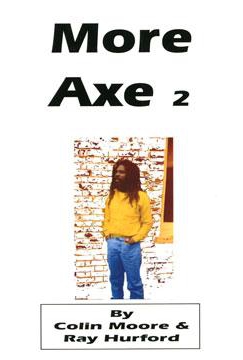 The first edition in the More Axe series was put out in 1987. He also published a book on King Jammy and a book on singers as well as a series of Rhythmwise books.
The first edition in the More Axe series was put out in 1987. He also published a book on King Jammy and a book on singers as well as a series of Rhythmwise books.
A book on deejays, together with the late Finnish publisher and writer Tero Kaski, was also initiated.
– The Singers book was put out in 1996 by me and Tero Kaski. I sold a lot of my 7” to finance the book project. And it was successful, he says, and continues:
– More Axe was produced in 1-6. More Axe 8 was a total flop. A total disaster and I put an end to it. That was in 1997.
It was an abrupt ending and Ray explains that there is a big problem with publishing books – it’s expensive. So he found no reason to continue.
Started again
In the beginning of the 21st century Ray turned to recording and producing instead. But a rub-a-dub interested Swede made him interested in publishing again.
– Joakim Kalcidis contacted me and was interested in the deeyjay book, which was never finished. So I and Joakim started working on it again around 2007, explains Ray, and continues:
– The deejay book was released in 2009 and since then there has been books on rock steady and dub. I have also put out the More Axe 2 again.
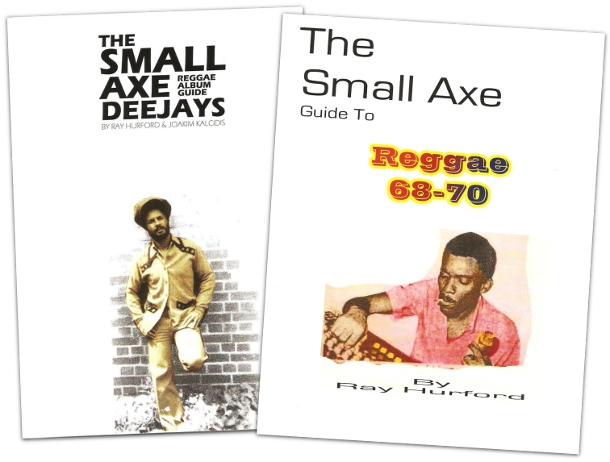
His latest book is about reggae and its early years.
– 1968 to 1970 was an amazing period. The new book focuses on the artists of the period. Artist profiles and the people who produced the music, like Leslie Kong.
Technology is the key
During our conversation Ray comes back to a topic – technology change. Everything he has done has been in relation to a change in technology. Whether it’s printing, publishing or payment methods.
- Paypal has changed a lot and it makes a big difference, says Ray, and states:
- The game has changed. It’s all technology.
Read more about this topic
Read comments (2)
| Posted by Bellyman on 04.07.2011 | |
| Nuff respect to Ray, if only there would be more people like him around today who had control AND MONEY, then the odd download problem would be none. People who feel responsible and are engaging themselves in keeping the foundation sounds relevant today. It's such a mess now, the treasures of music will be forgotten within the next ten or so years. We need people like this to give the knowledge and spread the vibe to all next generations. Boom Bellyman c.d. |
|
| Posted by RichLowe on 04.14.2013 | |
| Ray Hurford has quite a catalog of magazines and books. Ray Hurford worked with Tero, Beth Kingston, John Massouri, Colin Moore, Dennis Alcapone, Penny Reel, and recently Chuck Foster. Ray writes, but he also creates music, researches musical issues, and collaborates with others. One very devoted writer. I feel fortunate to have worked with Ray myself. Years ago he encouraged me to interview Coxsone Dodd - I took his advice. His books area available at his website http://myweb.tiscali.co.uk/smallaxe/ | |
Comments actually desactivated due to too much spams
Browse by categories
Recommended Articles
Latest articles
Recently addedView all
© 2007-2025 United Reggae. All Rights Reserved. Reproduction in whole or in part is prohibited. Read about copyright
Terms of use | About us | Contact us | Authors | Newsletter | A-Z
